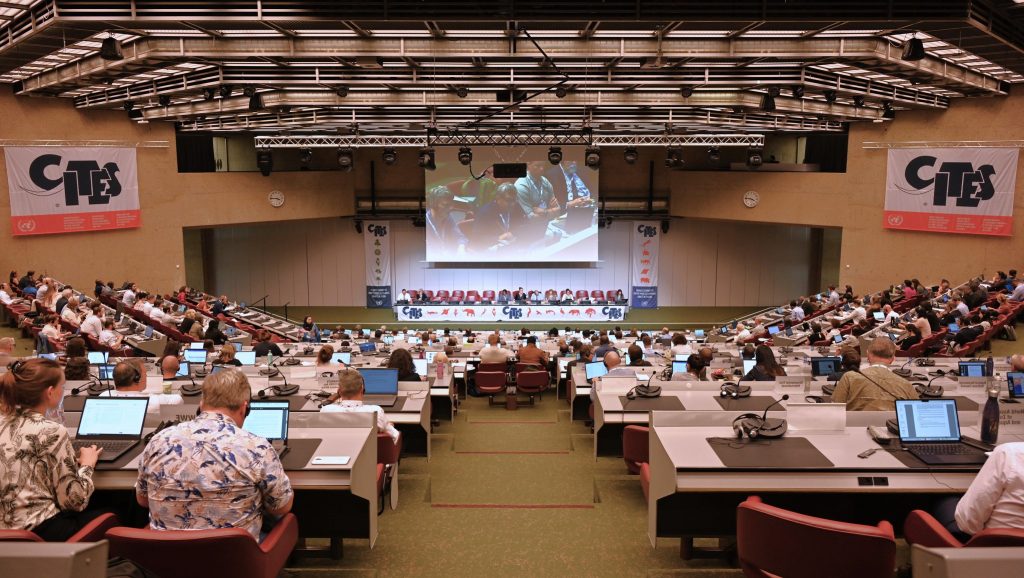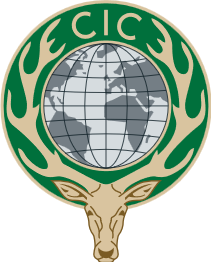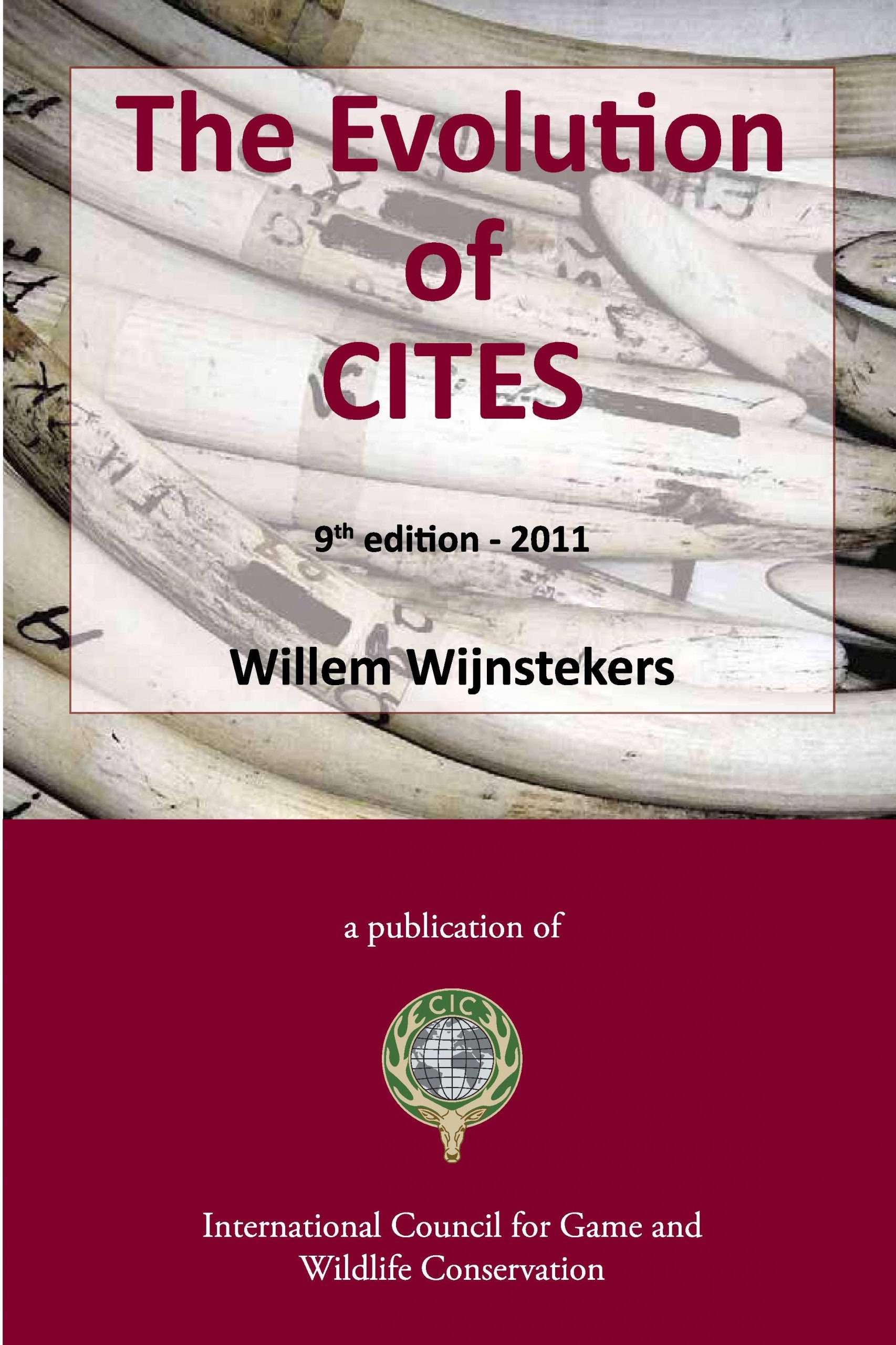CITES
International Trade in Endangered Species

The International Council for Game and Wildlife Conservation (CIC) plays a significant role in the Convention on International Trade in Endangered Species of Wild Fauna and Flora (CITES). CITES is an international agreement between governments to ensure that international trade in specimens of wild animals and plants does not threaten the species’ survival.
Ratified in 1973, CITES remains one of the cornerstones of international conservation, with 184 member Parties and regulation of trade in more than 38,000 species.
The CIC works diligently to encourage CITES enforcement through its General Assemblies and global network.

Our advocacy at CITES includes:
- CITES Decision-Making: The CIC actively participates in CITES meetings, working to influence decisions on various topics, including trade restrictions, species listings, and sustainable use policies.
- Indigenous Peoples and Local Communities (IPLCs): The CIC recognizes the critical role of IPLCs in wildlife conservation and management. We advocate for their inclusion in decision-making processes and support initiatives that address their rights and livelihoods.
- Wildlife Economy: The CIC is keenly interested in promoting a sustainable wildlife economy, emphasizing the importance of wildlife resources for livelihoods and conservation, particularly for local communities. We advocate for policies that support both community economic growth and biodiversity protection.
- Species-Specific Issues: The CIC often engages in discussions related to specific species, such as elephants and big cats. We advocate for sustainable management practices and oppose actions that could harm these critical populations.
Working Methods:
- Side Events: The CIC frequently organizes side events at CITES meetings to highlight specific issues and promote dialogue among stakeholders. These events can focus on topics such as wildlife economics, IPLCs, or species conservation.
- Interventions: The CIC often makes interventions during CITES meetings to express our views on specific proposals or decisions.
- Collaboration: The CIC works closely with other organizations and partners, both governmental and non-governmental, to advance biodiversity protection and sustainable use goals. These collaborations can involve joint initiatives, information sharing, or advocacy efforts.
- Advocacy: The CIC uses its historic platform to advocate for policies that support sustainable wildlife management and conservation. This includes raising awareness of important issues, lobbying decision-makers, and providing technical expertise.
Our active promotes of CITES enforcement and vocal participation since 1973 in CITES meetings demonstrate our commitment to finding balanced solutions that benefit local communities and the biodiversity of fragile ecosystems within international agreements.

$70-$230 Billion
The annual value of the illegal wildlife trade — making it the third-largest illicit trade after drugs and human trafficking.
– United Nations Office on Drugs and Crime (UNODC)
Related CIC Publication
11th Edition, Authored by Willem Wijnstekers, Published by the CIC.
“The Evolution of CITES” was a regular publication that offered a comprehensive overview of the work of the Convention on International Trade in Endangered Species of Wild Fauna and Flora (CITES). It explained key definitions, listing criteria, and trade provisions outlined in the Convention’s Articles and Resolutions, while also providing an overview of its history, structure, and implementation.

